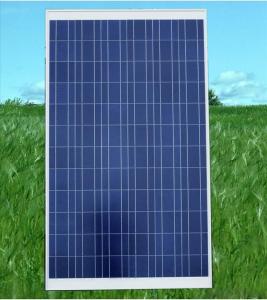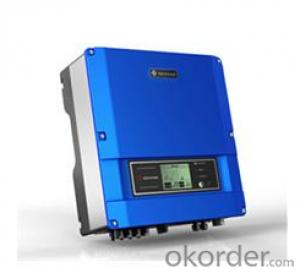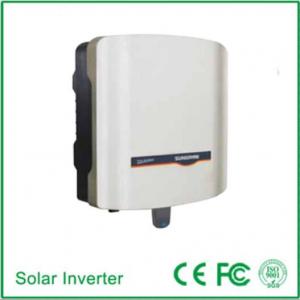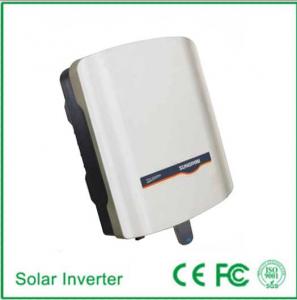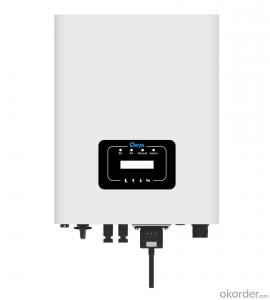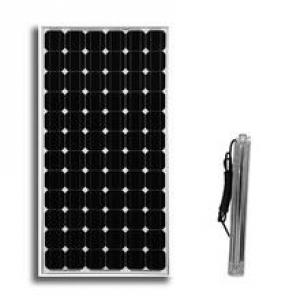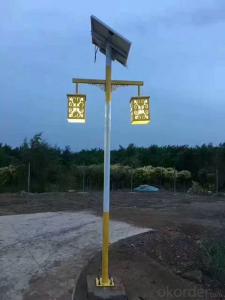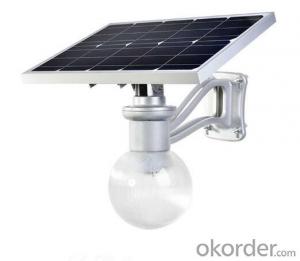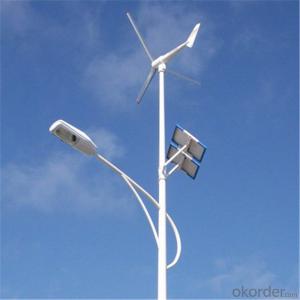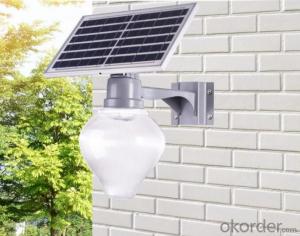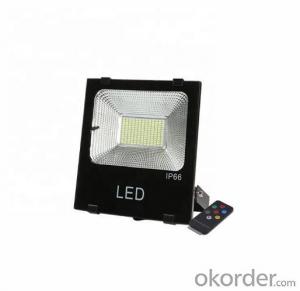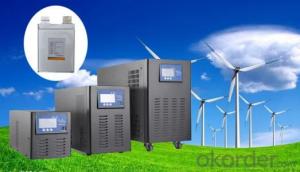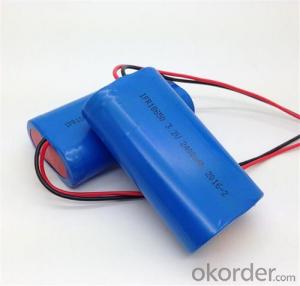Sps Solar Inverter
Sps Solar Inverter Related Searches
Solar Sma Inverter Eps Solar Inverter Spd In Solar Inverter Sunshine Solar Inverter Aps Solar Inverter Sma Solar Inverter Solar Solar Inverter Eps Solar Hybrid Inverter Solar Power Inverter System Solar Pump Inverter Sun Solar Inverter Cps Solar Inverter Smart Solar Power Inverter Sma Solar Panel Inverter Solar Power Plant Inverter Solar Powered Inverter Solar Small Inverter Small Solar Panel Inverter Smart Inverter Solar Solar Smart Inverter Small Solar Inverter Power Solar Inverter Spd For Solar Inverter Solar Plant Inverter Solar Powered Power Inverter Solar Inverter Sma Smart Solar Inverter Srne Solar Inverter Aps Solar Micro Inverter Solar Photovoltaic InverterSps Solar Inverter Supplier & Manufacturer from China
Sps Solar Inverter is a range of high-quality solar power conversion devices designed to optimize the performance of solar energy systems. These inverters are engineered to convert the direct current (DC) generated by solar panels into alternating current (AC), which can be used by homes and businesses. The Sps Solar Inverter is widely used in various applications, including residential, commercial, and industrial settings, where reliable and efficient power conversion is essential. These inverters are known for their durability, efficiency, and ability to withstand harsh environmental conditions, making them a popular choice for solar energy projects worldwide.Okorder.com is a leading wholesale supplier of Sps Solar Inverter products, offering a comprehensive inventory to cater to the diverse needs of customers. With a vast selection of Sps Solar Inverter models, Okorder.com ensures that customers can find the perfect inverter for their specific solar energy requirements. The company's commitment to providing high-quality products and excellent customer service has made it a trusted source for Sps Solar Inverters and other solar-related equipment. By partnering with Okorder.com, customers can benefit from competitive prices, fast shipping, and a reliable supply chain, ensuring that their solar energy projects are equipped with the best possible technology.
Hot Products












